Iconic Asanas from Classical Yoga Texts: Patanjali and Beyond
December 21, 2023 2023-12-21 2:11Iconic Asanas from Classical Yoga Texts: Patanjali and Beyond
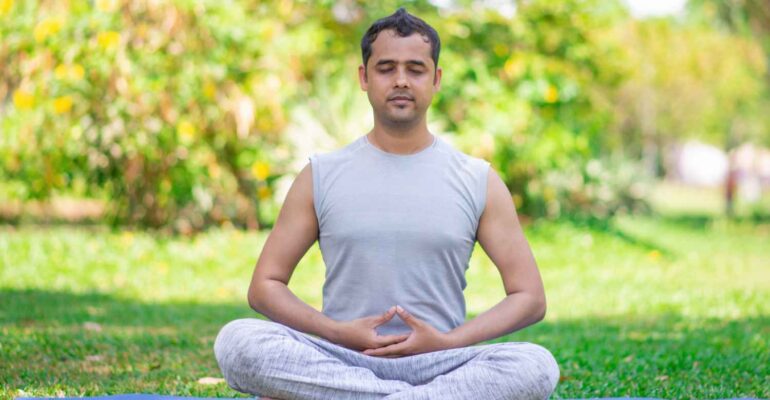
Iconic Asanas from Classical Yoga Texts: Patanjali and Beyond
Welcome to the world of classical yoga texts, where timeless wisdom and spiritual practices have been passed down through generations. Yoga enthusiasts worldwide are familiar with iconic asanas like downward dog, warrior pose, and lotus position. But did you know that these poses originated from ancient texts like Patanjali’s Yoga Sutras, Hatha Yoga Pradipika, and Gheranda Samhita? These texts are not just about physical postures but also delve into the spiritual aspects of yoga. In this blog post, we’ll explore some of the most iconic asanas from these classical yoga texts and how they can help us achieve steadiness, ease, purification, vitality, physical mastery and mental well-being. So roll out your mat and get ready to dive deeper into the essence of yoga!
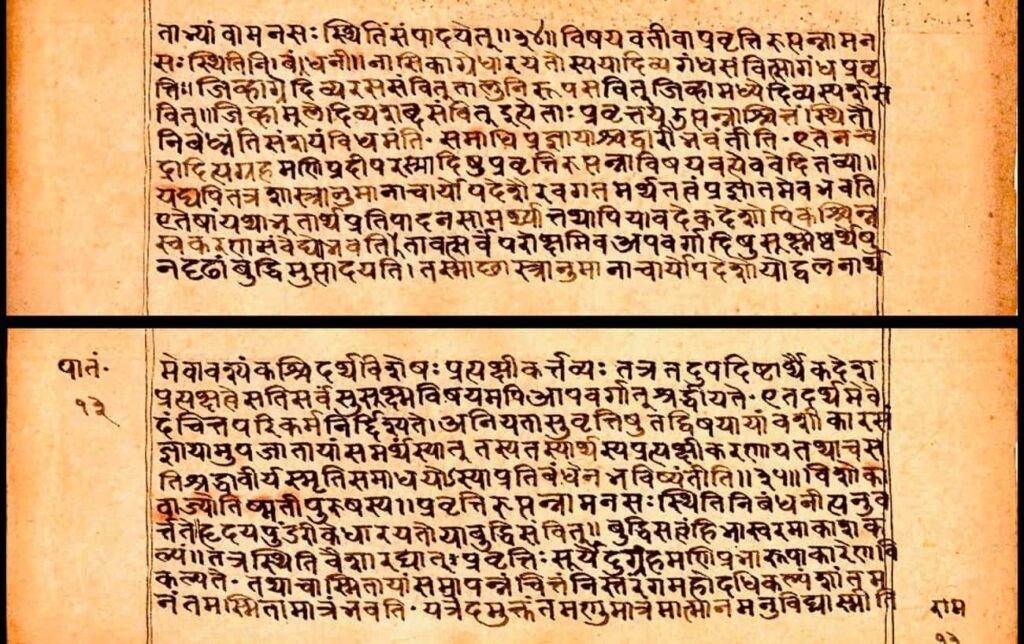 Source: yogajala
Source: yogajala
Overview of Classical Yoga Texts and Their Significance
The classical yoga texts are a treasure trove of ancient wisdom that continue to inspire and guide modern yogis. These texts represent the culmination of centuries of spiritual inquiry, practice, and contemplation. At the heart of these texts is an understanding that yoga is not just about physical fitness but rather a holistic system for achieving greater self-awareness, mental clarity, and inner peace. The insights contained within these texts have been passed down through generations and continue to be relevant today.
Some of the most significant classical yoga texts include Patanjali’s Yoga Sutras, Hatha Yoga Pradipika, Gheranda Samhita, and Shiva Samhita. Each text offers its own unique perspective on different aspects of yoga practice including asanas (postures), pranayama (breath control), meditation techniques, and philosophical concepts such as karma and dharma.
By studying these texts with an open mind and heart, we can gain deeper insight into our own selves while also connecting with a rich history that spans thousands of years. Ultimately it is up to us to apply this knowledge in our lives in meaningful ways by committing ourselves to regular practice both on and off the mat.
Iconic yogic postures such as downward-facing dog (Adho Mukha Svanasana), lotus pose (Padmasana), warrior 1 (Virabhadrasana I) and tree pose (Vrikshasana) all have roots in classical texts like Patanjali’s Yoga Sutras, Hatha Yoga Pradipika, Gheranda Samhita among others.
Each text approaches the practice of asanas from its unique perspective – Patanjali emphasizes steadiness and ease while Hatha Yoga Pradipika focuses on purification and vitality. However, one thing is clear across all texts – practicing these poses regularly leads to profound benefits for our overall health – physically, mentally & spiritually.
As we continue to explore iconic yogic postures from different traditions throughout history in this blog series , it’s important to remember that they are not just static shapes but rather tools for transformation- challenging us physically while also guiding us towards inner peace & harmony
Patanjali’s Yoga Sutras: Asanas as Steadiness and Ease
Patanjali’s Yoga Sutras is a classical text that outlines the eight limbs of yoga, including asanas or physical postures. According to Patanjali, asanas refer to steady and comfortable body positions that allow the practitioner to sit for an extended period of time in meditation. It is one of the most revered classical yoga texts, and offers a comprehensive guide to living a meaningful and purposeful life. Asanas or physical postures are an essential part of this eightfold path laid out by Patanjali.
According to Patanjali, asanas should be practiced with “Sthira Sukham Asanam,” which means steadiness and ease in posture. This concept emphasizes the importance of holding poses steady while maintaining comfort and relaxation in the body. Asanas are considered a tool for achieving physical strength, balance, flexibility, and mental focus. They help practitioners develop awareness of their breath and body while promoting good health.
Patanjali believed that by holding the body still in a posture with ease, one can calm and focus the mind. This state of mental concentration leads to deeper levels of awareness and ultimately connects practitioners with their inner selves.
Patanjali suggests that practicing asanas regularly can lead to mastery over one’s body and mind. The goal is not just physical fitness but also mental equilibrium. In his text, Patanjali describes several iconic asanas such as Padmasana (Lotus Pose), Gomukhasana (Cow Face Pose), Vajrasana (Thunderbolt Pose), etc., that offer numerous benefits for both the body and mind when practiced with intention.
By integrating this understanding into our modern-day yoga practices, we can deepen our connection between mind-body-spirit and attain greater levels of overall well being.
Exploration of Iconic Asanas Mentioned in The Yoga Sutras
• One iconic asana mentioned in this text is Tadasana or Mountain Pose. This standing pose requires practitioners to stand with their feet hip-distance apart while grounding down through their feet and lifting up through their spine. It cultivates strength, stability, balance, and mindfulness.
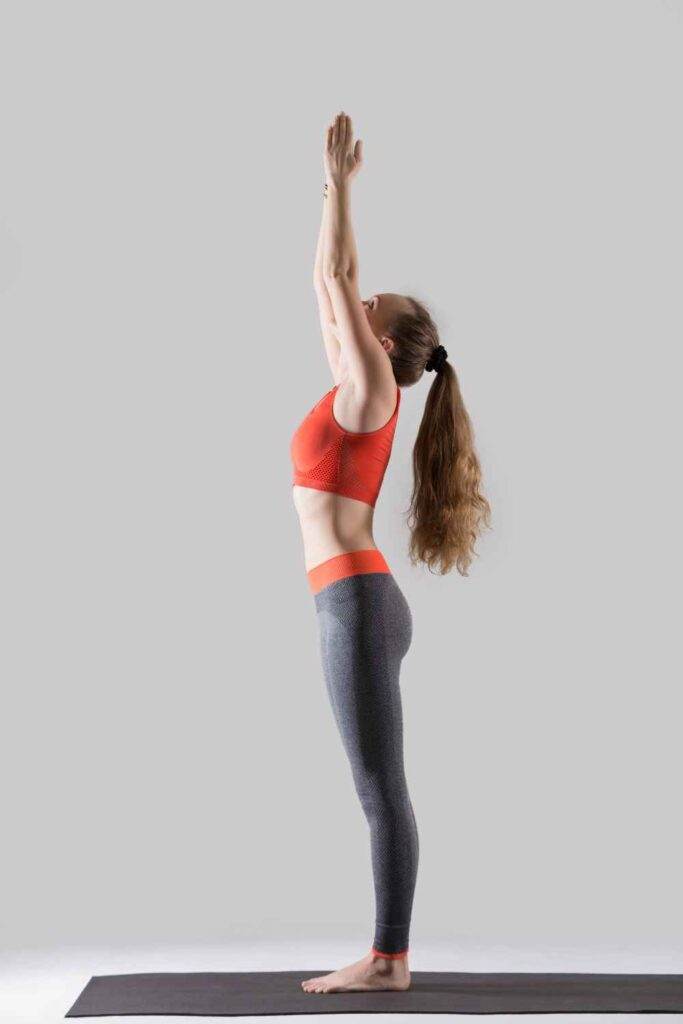
• Another iconic pose from this text is Padmasana or Lotus Pose. This seated posture involves crossing your legs so that each foot rests on top of the opposite thigh while keeping your spine tall. It helps create stillness in both body and mind.
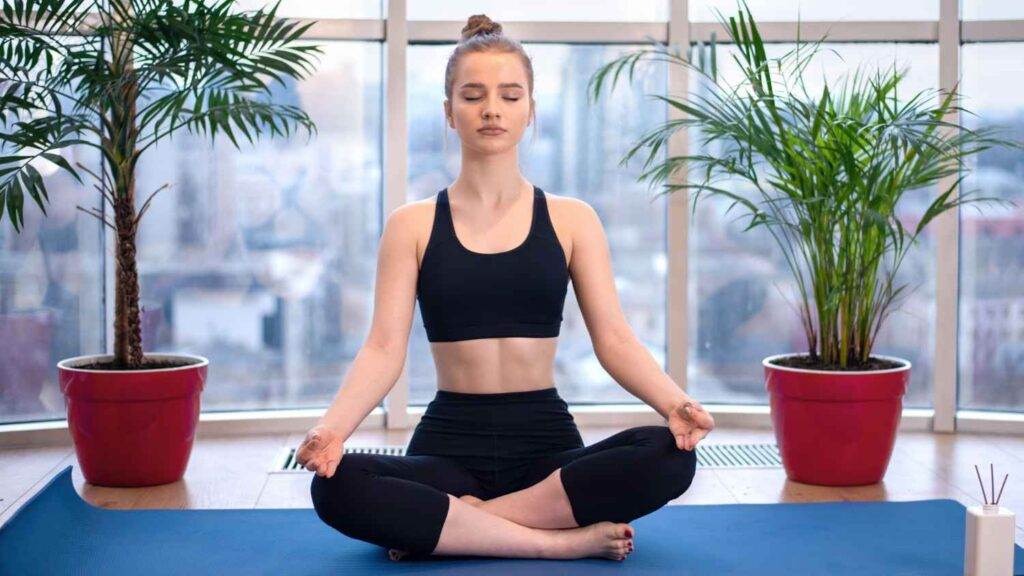
In addition to these poses, there are many other iconic postures described in the Yoga Sutras such as Virabhadrasana (Warrior Pose), Bakasana (Crow Pose), Sirsasana (Headstand) among others which have become staples within modern-day yoga practices.
Practicing these iconic poses can help you develop not only greater physical flexibility but also mental clarity and focus — all essential elements for achieving a state of equilibrium within yourself according to Patanjali’s teachings on classical yoga texts like his very own Yoga Sutras!
Hatha Yoga Pradipika: Asanas as Purification and Vitality
The Hatha Yoga Pradipika is another classical text that delves into the practice of asanas. This text places emphasis on using asanas for purification of the body and to increase vitality. According to the Hatha Yoga Pradipika, practicing asanas can help remove impurities from the body and lead to better health.
Some iconic asanas mentioned in this text include Siddhasana, Padmasana, and Gorakshasana. These poses are said to help with digestion, energize the body, and improve concentration respectively.
In addition to physical benefits, the Hatha Yoga Pradipika also highlights how practicing asanas can improve mental wellbeing. Regular practice of these postures can lead to reduced stress levels and increased overall relaxation.
It’s important to note that while some asanas may have specific benefits according to various texts or traditions, it’s ultimately up to each individual practitioner to determine what works best for them. As always in yoga practice, listening closely to your body is crucial for finding a safe and effective approach.
Exploration of Iconic Asanas Mentioned in The Hatha Yoga Pradipika
• One of the iconic asanas mentioned in the Hatha Yoga Pradipika is Sirsasana, or headstand. According to this text, practicing Sirsasana can help to balance the flow of prana (life force energy) in the body and stimulate mental clarity.
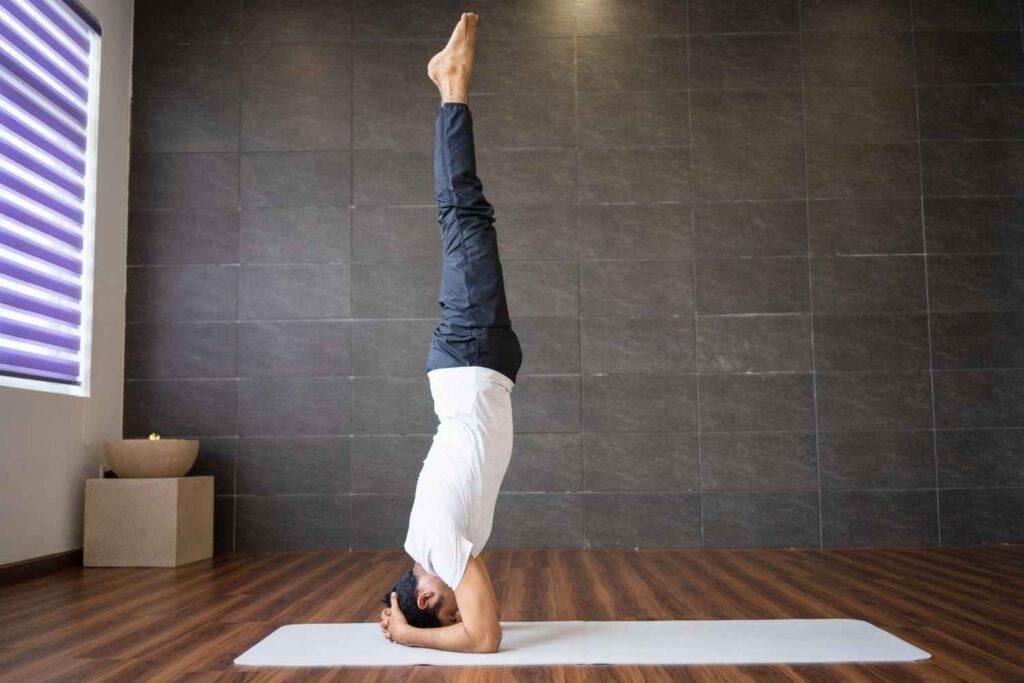
Other notable poses mentioned in the Hatha Yoga Pradipika include Bhujangasana (cobra pose), Dhanurasana (bow pose), Natarajasana (lord of dance pose), and Garudasana (eagle pose). Each one has unique benefits for both physical health and spiritual development.
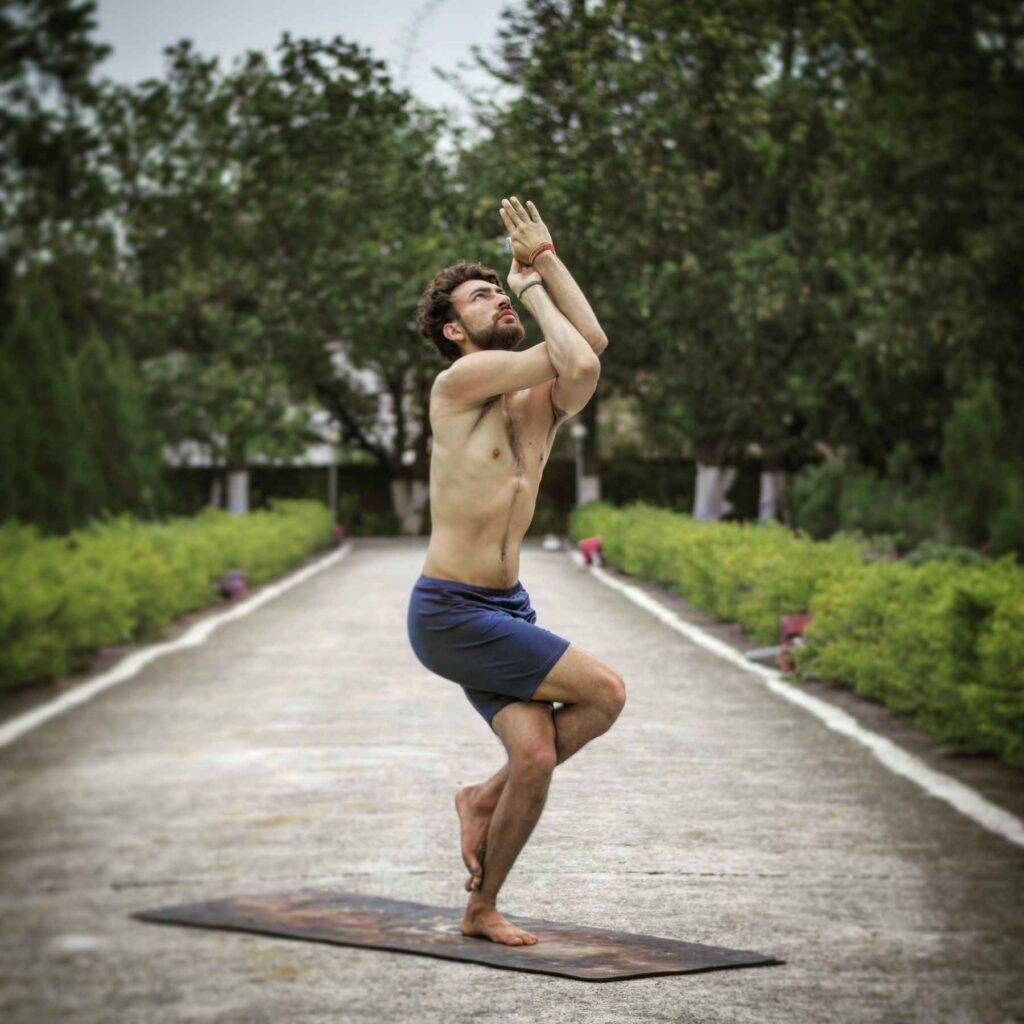
Exploring these iconic asanas from classical yoga texts like the Hatha Yoga Pradipika can deepen our understanding of how yoga practices have evolved over time while also providing us with insights into their transformative power.
Gheranda Samhita: Asanas for Physical and Mental Mastery
The Gheranda Samhita is another classic yoga text that provides valuable insights into the practice of asanas. Unlike Patanjali and Hatha Yoga Pradipika, however, this text approaches asanas not just for physical health but also for mental mastery. According to the Gheranda Samhita, practicing asanas can help in achieving a clear mind and developing concentration abilities. The text emphasizes the importance of holding each pose with steadiness and ease while maintaining proper breathing techniques.
Among the iconic asanas mentioned in this text are Paschimottanasana (seated forward bend), Tadasana (mountain pose), Vrikshasana (tree pose), and Bhujangasana (cobra pose). These poses are designed to activate specific energy channels in the body known as nadis, which can help release tension and promote overall well being.
Aside from their physical benefits, these iconic postures can also enhance mental clarity by improving focus and reducing stress levels. By incorporating them into your daily routine, you may find yourself feeling more grounded and centered throughout your day-to-day life.
Exploration of Iconic Asanas Mentioned in The Gheranda Samhita
• One iconic asana mentioned in this text is the Shirshasana or headstand pose. This inverted posture helps improve blood circulation to the brain, aids digestion, and strengthens upper body muscles. The Gheranda Samhita emphasizes practicing this pose regularly for spiritual growth.
• Another iconic asana mentioned in this text is the Padmasana or lotus pose. This seated posture helps calm the mind, improves concentration, and enhances flexibility. The Gheranda Samhita recommends practicing this pose for extended periods to reap its benefits fully.
• The Mayurasana or peacock pose is also an essential asana mentioned in this text. It helps increase core strength, tones abdominal muscles, and stimulates digestive organs. According to the Gheranda Samhita, mastering this pose can lead to self-control over one’s appetite.
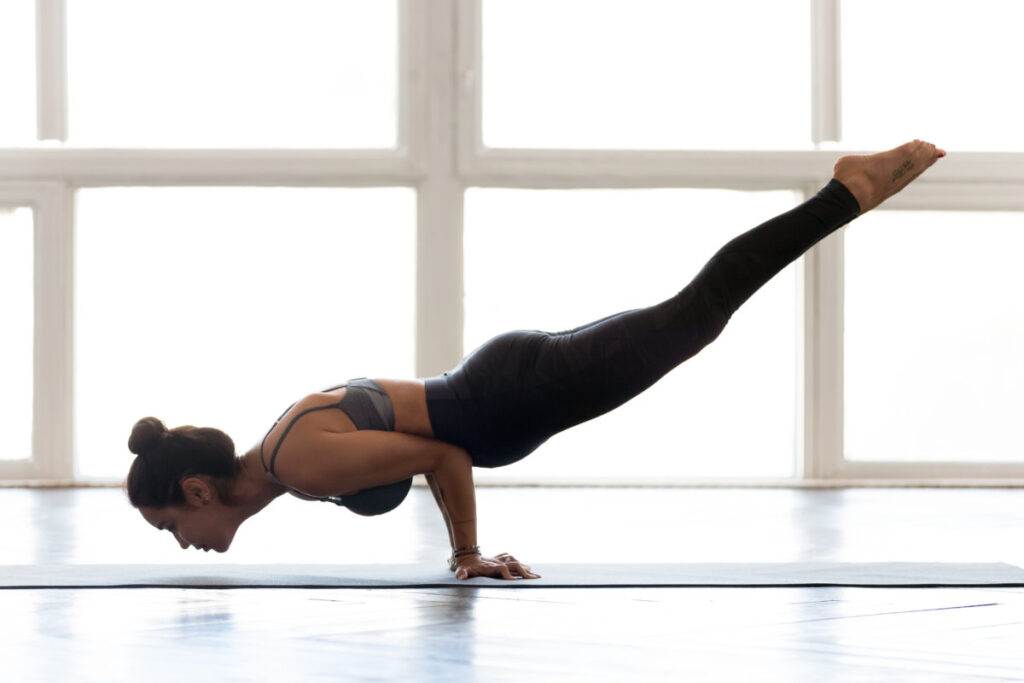
• We have Bhujangasana or cobra pose that effectively stretches out chest muscles while strengthening back muscles at once; it also opens up respiratory airways allowing better breath control which ultimately leads towards meditation practices with greater focus provided by steadier breathing patterns.
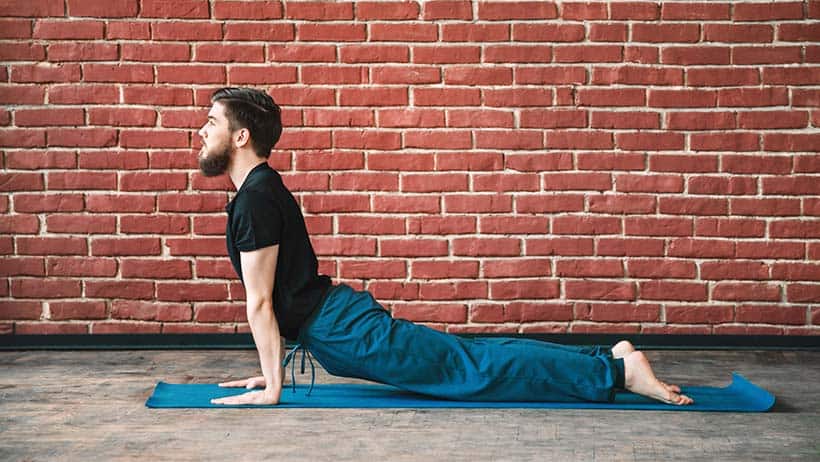
These iconic poses from classical texts like Gheranda Samhita contribute significantly toward spiritual growth while keeping our bodies healthy!
Iconic Asanas from Other Classical Texts and Traditions
Apart from the Yoga Sutras, Hatha Yoga Pradipika, and Gheranda Samhita, there are other classical texts and traditions that mention iconic asanas. One such text is the Shiva Samhita which describes 84 asanas including some of the most challenging ones like Mayurasana (Peacock pose) and Vrischikasana (Scorpion Pose). These advanced poses require a great deal of strength, balance, and flexibility.
Similarly, the Tirumalai Krishnamacharya tradition gave birth to many modern yoga styles like Ashtanga Vinyasa Yoga and Iyengar Yoga. This tradition includes an extensive range of asanas from beginner to advanced levels like Adho Mukha Vrikshasana (Handstand), Bakasana (Crow pose), and Sirsasana (Headstand).
The Buddhist tradition has also contributed to yoga through its practice of mindfulness meditation combined with physical postures called Anapanasati. The Lotus position or Padmasana is one of their most well-known iconic asanas representing inner peace and spiritual awakening.
All these different texts have unique approaches towards practicing yoga but all converge on the importance of mastering both body and mind for overall well-being.
Exploration of Iconic Asanas from These Texts and Traditions
Classical yoga texts and traditions have given us a wealth of iconic asanas that are still widely practiced today. Some of the most famous include Tadasana (Mountain pose), Trikonasana (Triangle pose), and Virabhadrasana II (Warrior II). These poses have been studied, refined, and passed down through generations of yogis.
Beyond these well-known postures, there are many other iconic asanas from various classical yoga texts and traditions. For example, in the Shiva Samhita text, we find descriptions of powerful standing poses like Vrikshasana (Tree pose) and Utkatasana (Chair pose).
The Rigveda also mentions several important asanas such as Padmasana (Lotus pose) which is often used for meditation practice. Similarly, the Bhagavad Gita highlights some essential seated postures like Siddhasana which is believed to awaken spiritual energy within the body.
There are also lesser-known but equally valuable asanas mentioned in Tantric texts such as Kukkutasana or “Rooster Pose” which involves balancing on one’s hands with legs crossed at the ankles behind their back.
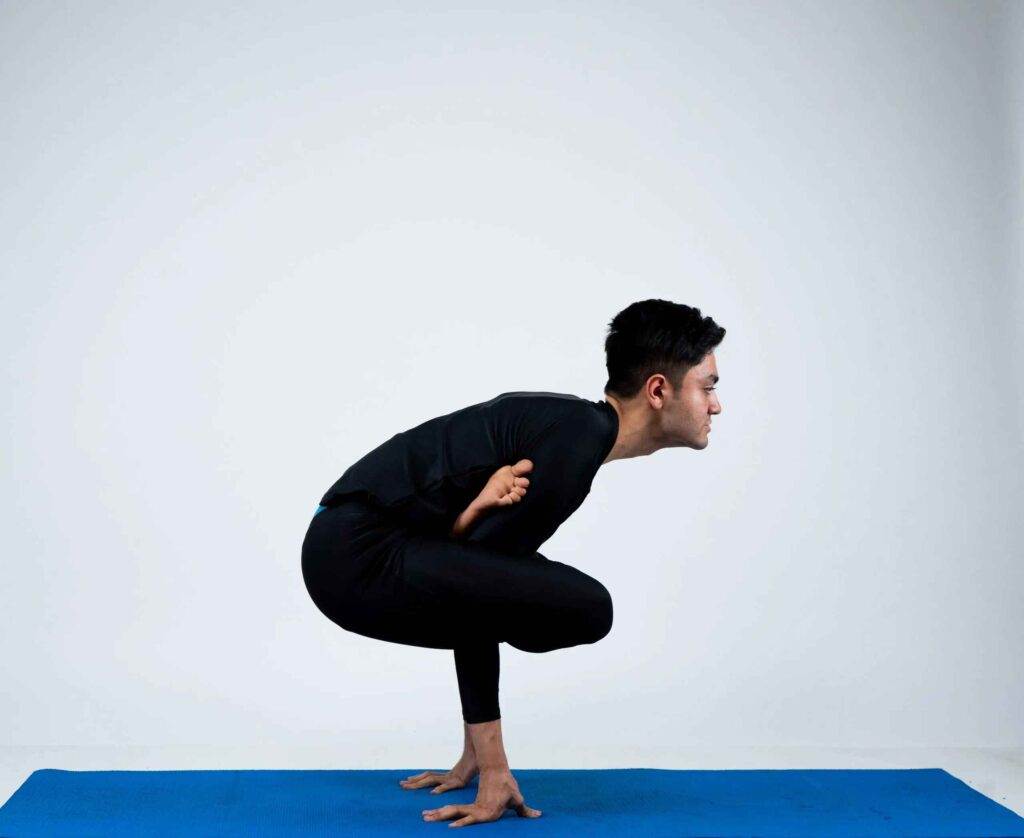
Each text has its unique set of iconic postures that offer specific benefits to both body and mind. By exploring these different practices from different traditions, yogis can expand their knowledge base while enhancing their physical practice. By studying traditional yoga texts beyond just Patanjali’s Yoga Sutras or Hatha Yoga Pradipika , practitioners can gain insight into a rich tapestry of ancient wisdom that has been passed down for centuries.
Modern Adaptations and Variations of Iconic Asanas
As yoga continues to gain popularity worldwide, there has been a surge of modern adaptations and variations of iconic asanas. These adaptations and variations are often influenced by contemporary fitness trends or individual preferences.
• One popular example is the variation of the traditional Warrior pose known as Virabhadrasana III, which involves balancing on one leg while extending the other leg behind with arms extended forward. Modern adaptations may include adding weights for increased resistance or incorporating a twist to engage core muscles.
• Another adaptation is seen in Sun Salutations, which traditionally involve a sequence of 12 poses performed in a specific order. Some modern variations may add extra poses or incorporate faster movements for an increased cardiovascular challenge.
• Inversions such as Headstand and Shoulderstand have also garnered attention among practitioners and teachers alike. Teachers have adapted these poses to accommodate different body types and skill levels by using props like blocks or straps to assist in achieving proper alignment.
While these modern adaptations can offer new challenges and benefits, it’s important to remember that they should be approached with caution and under the guidance of experienced teachers. It’s essential to honor your own limitations while still pushing yourself towards growth within your practice.
Evolution and Innovation of Asanas in Contemporary Yoga Practices
In contemporary yoga practices, the evolution and innovation of asanas have taken on a whole new level. With the increasing popularity of yoga around the world, modern practitioners have adapted and modified traditional poses to fit their needs.
• One significant development in modern yoga is the emergence of fusion styles that combine different types of physical practices with traditional yogic postures. For instance, hot yoga mixes heat with power and flexibility movements for an intense workout while aerial or acro-yoga incorporates elements of gymnastics and circus arts into traditional poses.
• Technological advancements also play a crucial role in shaping modern-day asana practice. Various online platforms offer virtual classes that allow practitioners to access teachers from all over the world effortlessly. These platforms provide an opportunity for people to learn new variations or approaches to classic postures from experienced instructors.
• There has been a surge in research on biomechanics, anatomy, physiology, and kinesiology that influence how contemporary yogis approach various poses. This scientific perspective helps increase awareness about proper alignment techniques that prevent injuries during practice.
• Social media has played a vital role in popularizing creative interpretations of classical asanas by showcasing them through visually appealing photos or videos shared among users worldwide.
These innovations reflect how dynamic and adaptable yoga is today as it continues to evolve along with its ever-growing community.
Introduction to Modern Adaptations and Variations of Iconic Asanas
As yoga continues to evolve, modern adaptations and variations of iconic asanas have emerged. These adaptations are often influenced by contemporary trends in fitness and wellness, as well as the need for modifications to suit individual needs.
• One trend that has gained popularity is power yoga, which incorporates dynamic movement into traditional poses like downward dog and warrior series.
• Another adaptation is hot yoga or Bikram yoga, which involves practicing in a heated room to promote detoxification and flexibility.
• Variations on classic poses have also been developed to add challenge or increase effectiveness. For example, side crow pose adds an arm balance element to the traditional crow pose while dolphin plank challenges the core muscles more than traditional plank pose.
• Yoga props such as blocks, straps and blankets can be used to modify poses for those with injuries or limited mobility. Restorative yoga practices utilize these props extensively allowing practitioners of all levels of fitness able access deeper relaxation states.
Modern adaptations and variations continue the evolution of classical asanas providing practitioners with new ways of exploring their practice while remaining true to its roots in mindfulness meditation techniques.
Conclusion
The iconic asanas mentioned in classical yoga texts have stood the test of time and continue to be an essential part of modern-day yoga practice. Patanjali’s Yoga Sutras laid the foundation for understanding asanas as a means to achieve steadiness and ease, while Hatha Yoga Pradipika emphasized its purification benefits. Gheranda Samhita highlighted the importance of mastering both physical and mental aspects through regular practice.
These classical texts also inspired modern adaptations and variations of iconic asanas that catered to different levels, needs, and preferences. Today, many practitioners still seek inspiration from these timeless teachings to deepen their practice.
By incorporating them into our daily routines with mindfulness and intentionality, we can experience transformational growth in all areas of life – physically, mentally, emotionally, spiritually – making our journey towards self-discovery more fulfilling than ever before.
Search
Wellness Topics
This Just In
- Reimagining Traditional Asanas: Modern Variations and Adaptations December 21, 2023
- Iconic Asanas from Classical Yoga Texts: Patanjali and Beyond December 21, 2023
- Exploring the Benefits of Asanas: The Path to Holistic Well-Being December 21, 2023
- The Future of Asanas: Exploring Emerging Practices and Innovations December 21, 2023
- Discovering Yoga’s Roots: Asanas in Vedas and Upanishads December 21, 2023

